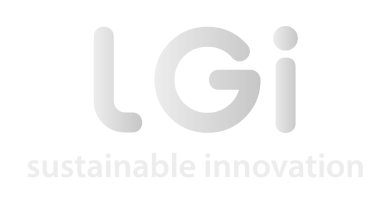LGI recently analysed the impact of novel processes for metal recovery on critical raw material value chains in its recent report. The study was conducted for the EU Research and Innovation project BIORECOVER and centred on the recovery of platinum group metals, rare earths and magnesium. The project’s methods are based on extracting these critical raw materials from mining waste streams, thus presenting an innovative approach to re-mining.
Platinum group metals: Boosting efficiency and sustainability
Platinum group metals (PGMs) are known for their versatility and resilience. They include platinum, palladium and rhodium, each having unique characteristics like high melting points, great electrical conductivity, and resistance to corrosion. Though these metals are found worldwide, their concentration is notably high in South Africa which possesses 68% of the total resources (SCRREEN, 2020). PGMs find extensive use in various sectors, such as electronics, glass manufacturing and healthcare. Despite ongoing research for cheaper alternatives, PGMs remain unparalleled in their applications, making them highly sought-after commodities. BIORECOVER’s technologies aim to improve existing processes by reducing PGM losses during extraction and manufacturing. This could contribute to lower costs and increase global PGM production, which could support the development of a green hydrogen economy.
Rare earths: Transforming bauxite residues into valuable resources
Rare earths consist of a group of 17 metals. One of them is scandium, known for its lightweight, high melting point, and excellent electrical conductivity. When integrated into other metals, even in minimal quantities, scandium significantly enhances their durability and resistance to corrosion. This property is particularly useful in the aerospace industry, where alloys with scandium can reduce aircraft weight by up to 20%. While these elements are more common in the earth’s crust than many other metals, finding them in large, mineable amounts can be challenging. Most of the scandium used globally is extracted and processed in China, though new projects are emerging, notably in Australia. BIORECOVER aims to transform the way we deal with bauxite residues (a byproduct of the aluminum industry) by extracting the untapped reserves of rare earth elements within these residues. If successful, BIORECOVER could kickstart a new European value chain for scandium and significantly improve the sustainability of the mobility sector.
Magnesium: A step towards self-sufficiency
Magnesium is a common earth element valued for its lightness and strength. It is found in minerals and seawater and used widely in industries where weight is critical, such as transport and manufacturing. Most of the world’s magnesium production occurs in China, followed by Russia and Kazakhstan. Within the European Union, the demand for magnesium is substantial, predominantly consumed in the transport sector, primarily for enhancing the strength of vehicles while reducing their weight. The BIORECOVER project could help the European magnesium industry by offering an additional source of income to miners, who could produce magnesium alongside their current products. If BIORECOVER’s techniques are successful, they could significantly boost Europe’s magnesium supply, which is currently reliant on imports from China. As the demand for magnesium is expected to rise with the growth of electric vehicles and the need for sustainable production approaches, BIORECOVER could present a valuable commercial opportunity.
Want to learn more? Read the complete report here.




FOLLOW US